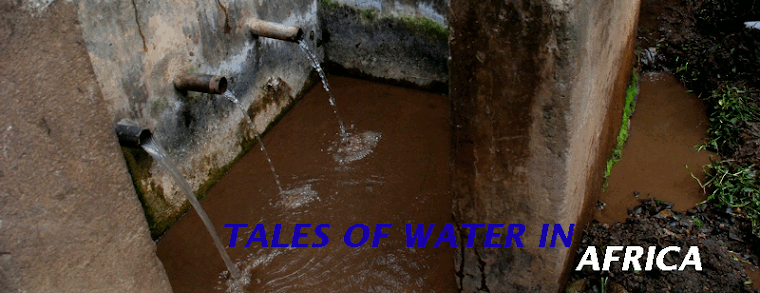
Rwanda is an amazingly beautiful country; words simply can't do it justice. Hills and valleys span every corner of the country from border to border, filled from top to bottom with terraced farms. 98% of the country is cultivated to support the densest population in Africa.
It also has a culture different from many others in Africa. When Rwandan leadership decides to do something, the population generally goes along with it. So when the current president, Paul Kagame, decided to move full-speed with development after the genocide, Rwanda moved into high gear. With money pouring in from the West, a lot has been done. Roads are paved and medians are filled with streetlights and flowers. Buses leave on time, roads have irrigation ditches and the terraced farms have steep gutters to channel water, thereby preventing erosion.
The safe environment is created by the huge international presence and the strong central government. Into this safety have come some entrepreneurs from the West, looking to do good and make some money. I met two on my way back to Uganda from Goma, and it got me thinking about the relative success of different approaches to development.
There are of course many, many approaches, and I can't hope to compare and contrast all of them. But there are two I'm thinking of now, and wondering - which is more successful? The first is what I'd call the current development orthodoxy. Let's call it "micro-enterprise." Essentially, this approach states that development best occurs when it's bottom driven by many small entrepreneurs. When they develop successful small businesses, their purchasing power is increased. They then spend their earnings in the growing economy, spurred by other micro-enterprises. In this way the entire society is lifted to a higher standard of living. This process is driven and guided by the people themselves, with little outside influence (perhaps only seed funding through micro-financing).
The second approach is more top-down in nature. The national government, an NGO, or the "international community" decides that a certain project is worth pursuing, and then mobilizes the resources to do so. There is less input from the affected people themselves (not necessarily no input, just less). Examples of this would include the two Americans I met in Kigali; both are working in partnership with the government. The first is developing a company to sell bio-digester systems to schools, and the second is selling solar systems. Both of these pursuits require more initial investment than is possible with micro-enterprise. They are implemented by the government and not by individuals. Lastly, their impact is communal rather than individual.
And that I think points to the answer - these approaches work best in tandem, one supporting the other. The local "context" will determine which is more appropriate, and which is more successful. And in reality, it's not appropriate to pit one approach versus the other - they are not mutually exclusive, and one improves the chances of success for the other. So why did I ask this question if now I state it's very premise is incorrect? Well, that question is what I've often asked myself, and the point of view I think many people have. Successful development depends on complex relationships, and unfortunately there's no simple solution.


.jpg)




